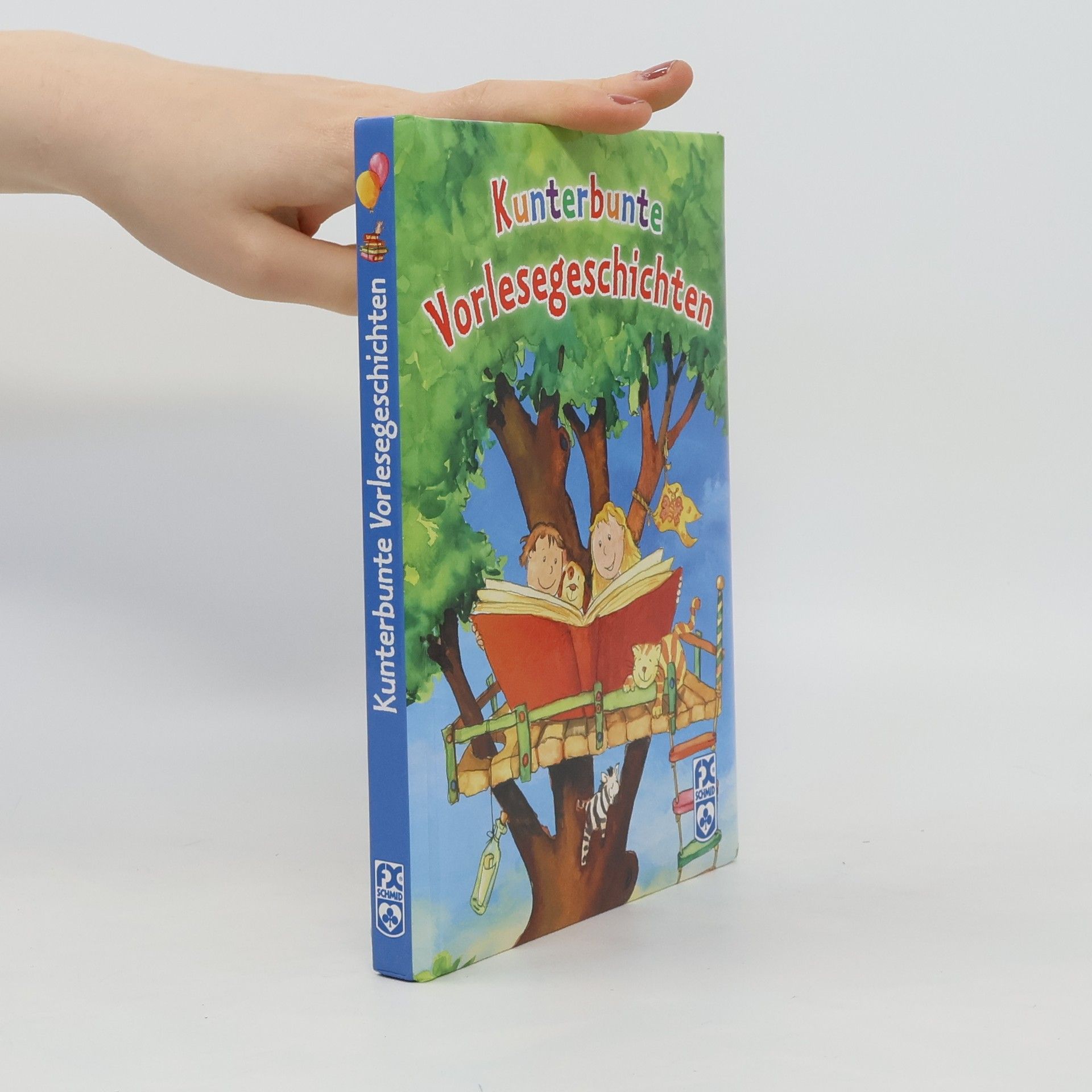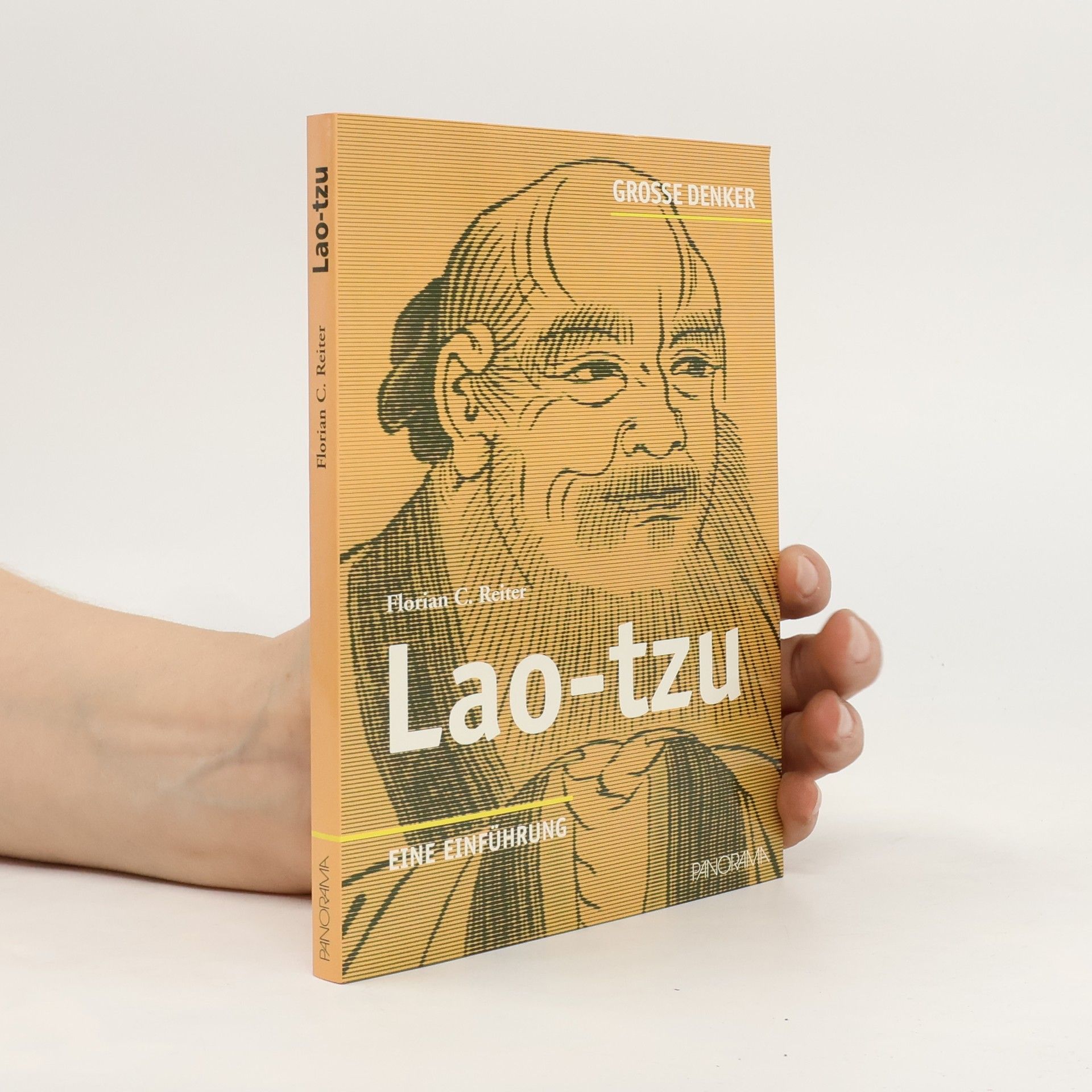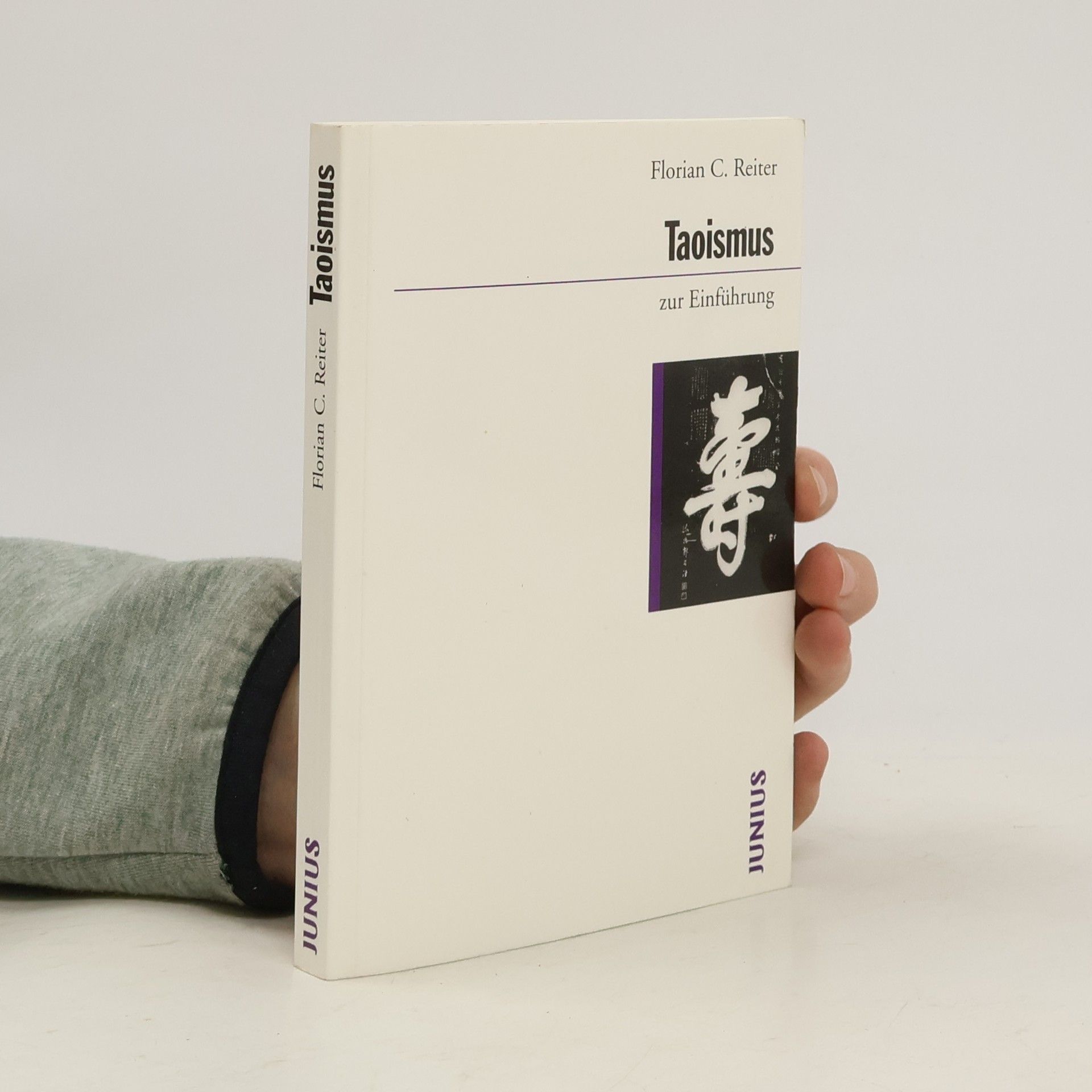"The Prison of Fire for Demons by Florian C. Reiter presents a study of Taoist exorcist devices that in Heavenly Masters Taoism in the past and even today are dispensable for exorcist rituals. It focusses on exorcism that mainly was performed for the individual client. Sometimes large-scale liturgies were required, but often less-demanding ritual efforts sufficed. The study relies on the collections A Corpus of Taoist Rituals and Pearls Inherited from the Sea of Rituals in the Ming Taoist Canon. Reiter presents an exorcist tradition of Thunder Magic Rituals from Hunan-province and another one from Sichuan province. The leading Thunder divinity in the latter tradition is Marshal T´ien-p´eng who is associated with the God-Emperor of the North and has a background in Shang-ch´ing Taoism. Reiter selects exorcist devices such as the Prison of Fire for Demons and various other types of demon-prisons. He also discusses the abundant amulets and seals for exorcist rituals, and presents the Divine Stick of T´ien-p´eng which is a small wooden ritual tool that today is still in use. The practice of submitting formal applications to the spirit Thunder administration to get the divine approval and backing for any specific exorcism is introduced as well. Reiter displays the historic frame for applying the exorcist devices and defines these practices as constituent elements of Heavenly Masters Taoism. All those methods and devices serve the salvation of individual clients and support society as a whole."-- Publisher description
Florian C. Reiter Book order






- 2020
- 2005
Lao-tzu (ca. 2. Hälfte des 4. Jhds. v. Chr.) - chinesischer Philosoph, Begründer des Taoismus und Verfasser der legendären Weisheitssprüche des Tao-te ching. Die Lehren des „Alten Meisters“, auch Laotse genannt, repräsentieren unvergängliche Inhalte, die aufs engste mit der östlichen Religions- und Philosophiegeschichte verknüpft sind. Eine kompakte Einführung in das Wirken des Lao-tzu, in die Grundlagen des Taoismus und in die Entstehungsgeschichte und chinesische Original-Rezeption des Tao-te ching.
- 2002
Florian C. Reiter untersucht die überraschende religiöse Renaissance in China nach der Kulturrevolution. Er beschreibt die Vielfalt von Tempeln, Festen und Gottheiten, die Tradition der Hausaltäre und die Ahnenverehrung. Zudem behandelt er Taoismus, chinesischen Buddhismus sowie Islam und Christentum in China und moderne Sekten wie Falun Gong.
- 2000
Taoismus zur Einführung
- 160 pages
- 6 hours of reading
